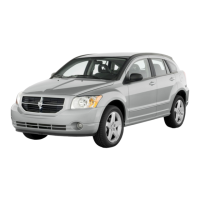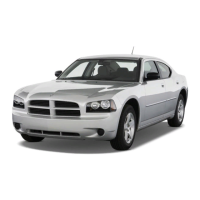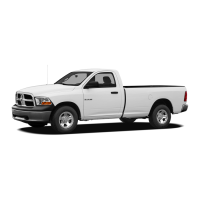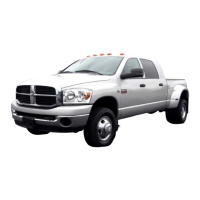
Do you have a question about the Dodge 2009 Viper and is the answer not in the manual?
| Brand | Dodge |
|---|---|
| Model | 2009 Viper |
| Category | Automobile |
| Language | English |
Guide on navigating the owner's manual for information retrieval.
Important safety alerts and warnings regarding vehicle operation and potential hazards.
Explains the location and significance of the Vehicle Identification Number (VIN).
Warns against unauthorized modifications and their impact on safety and roadworthiness.
Information on vehicle keys, including operation and security features.
Details on the vehicle's alarm system, including arming and disarming procedures.
Instructions for using the remote keyless entry system for locking and unlocking.
Operation of manual and power door locking mechanisms for security.
Information on power window operation, including auto-down features.
Guidance on the proper use of seat belts and airbag systems for occupant safety.
Recommendations and procedures for correctly installing and using child safety seats.
Guidelines for the initial break-in period of the new vehicle for optimal performance.
Instructions for operating the convertible top, including lowering and raising procedures.
Adjustment and function of interior and exterior mirrors for optimal visibility.
Step-by-step guide on how to safely open and close the vehicle's hood.
Operation of various vehicle lighting systems, including headlights and interior lights.
Overview of the various gauges, indicators, and controls on the instrument panel.
Explanation of the function and meaning of dashboard gauges and warning lights.
Instructions for operating the vehicle's radio, including tuning and presets.
Information on the air conditioning and heating system controls for cabin comfort.
Essential steps for safely starting the vehicle's engine.
Guidelines for operating the manual transmission, including shift speeds.
Advice on maintaining control and traction when driving in adverse conditions.
Details on the vehicle's brake system, including fluid checks and maintenance.
Guidance on tire markings, safety, and proper inflation for safe operation.
Specifications for the recommended fuel type and octane rating for the vehicle.
Instructions for using hazard warning flashers in emergency situations.
Steps to take if the vehicle's engine begins to overheat to prevent damage.
Information on the TIREFIT kit for temporary tire repair, including usage precautions.
Detailed steps for safely jump-starting a vehicle with a dead battery.
Techniques for safely getting a vehicle unstuck from mud, sand, or snow.
Identification of key components located in the engine compartment for easy access.
Explanation of the OBD II system and the Malfunction Indicator Light.
General maintenance tasks and recommendations for vehicle upkeep.
Guidance on checking and changing engine oil, including oil selection.
Information on checking, flushing, and refilling the vehicle's cooling system.
Details on the brake system, including fluid checks and maintenance.
Scheduled maintenance for emissions control systems to ensure compliance.
Maintenance recommendations for severe or strenuous driving conditions.
Maintenance recommendations for normal driving conditions.
Tips for effectively obtaining service and preparing for appointments.
Contact information and procedures for seeking assistance from dealers or manufacturers.
Information on how to report safety defects to relevant authorities.
Explanation of DOT tire grading system for treadwear, traction, and temperature.











